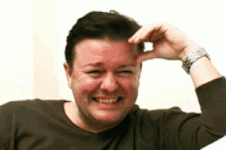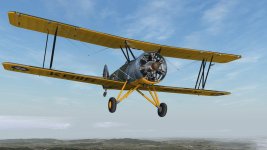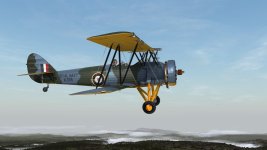magoo
SOH-CM-2013
Having made several 'landings' in the Native Tutor I am wondering how on earth the pilots could see where they were going on approach?
Yeah....a little side slip would help. In real life the pilot would lean out and look down the side of the aircraft to keep the landing target in view.
I found I could do it by sliding my viewpoint around. Ctrl and the arrow keys (left/right/up/down) work quick enough to keep me happy.
TrackIR users have an easier time if one wishes to spring for the hardware and wear a funny hat while flying.
Mind you.....except in the most temperate climates....the real life open aircraft pilot will need to wear a funny hat anyway......so.....good way to add realism to the simulation....










